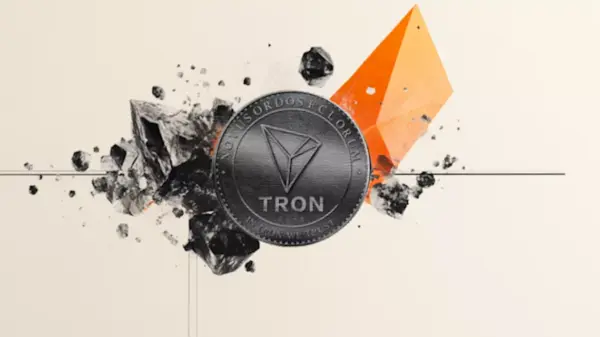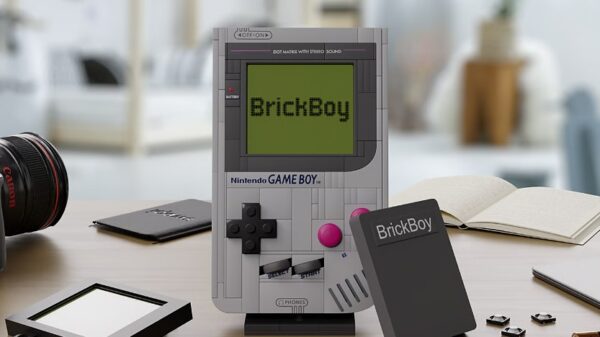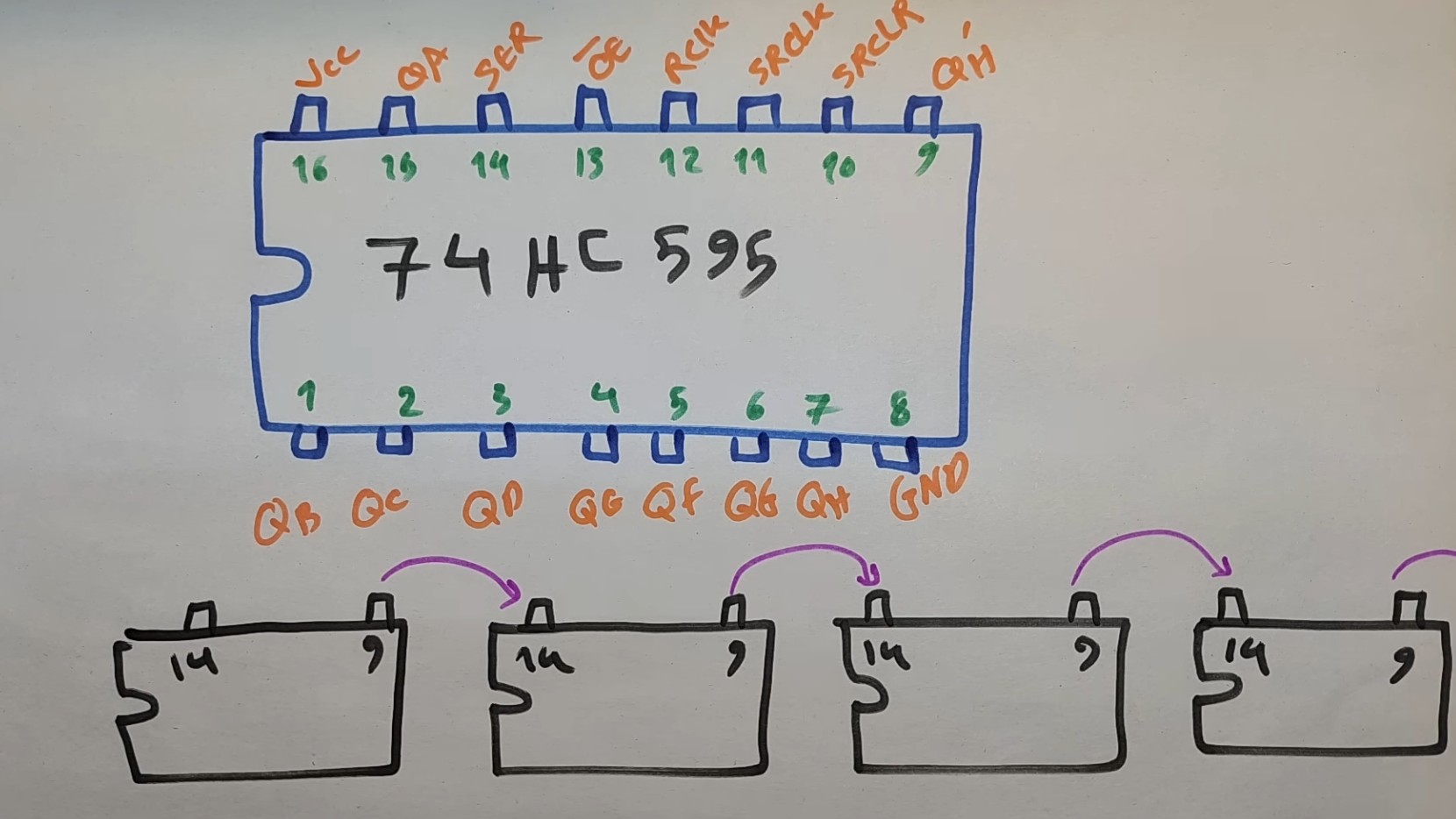The 74HC595 shift register has emerged as a valuable tool for developers looking to efficiently drive 7-segment displays. In an instructional video, the hacker known as Electronic Wizard demonstrates how to utilize this component effectively, highlighting its benefits for both project quality and pin management on microcontrollers.
Understanding the 74HC595 Shift Register
According to Electronic Wizard, the 74HC595 can significantly simplify the wiring of electronic projects. It acts as a small one-byte memory device, offering direct access to its eight output pins without the need for input addresses. Each time the clock pin (CLK) receives a pulse, the bits within the memory shift right, creating space for new data on the left. This functionality allows for easy daisy chaining of multiple shift registers, linking them through pin 9 of one to pin 14 of another.
One notable feature is pin 13, known as the active-low Output Enable. This pin is particularly useful for preventing unwanted data from appearing on 7-segment displays during initialization. The 74HC595 also has the capability to supply current directly, which helps reduce the overall power demands on connected microcontrollers.
Advantages Over Multiplexing
While Electronic Wizard discusses multiplexing as a method for driving multiple 7-segment displays, he emphasizes some drawbacks. Multiplexing typically requires a larger number of pins and can lead to high-frequency flashing. Although this flicker is often imperceptible to the human eye, it may be noticeable on cameras and recording equipment. In comparison, using the 74HC595 allows developers to control one or more displays while utilizing only three pins from the microcontroller.
For those seeking to dive deeper into the functionalities of the 74HC595, Electronic Wizard encourages viewers to watch the complete video, which covers additional features and pin usage. Additionally, interested readers may find value in exploring how the Bus Pirate 5 utilized two 74HC595 chips to expand its pin capabilities.
With the growing demand for efficient electronic design, understanding components like the 74HC595 can enhance project outcomes and streamline development processes.






































































